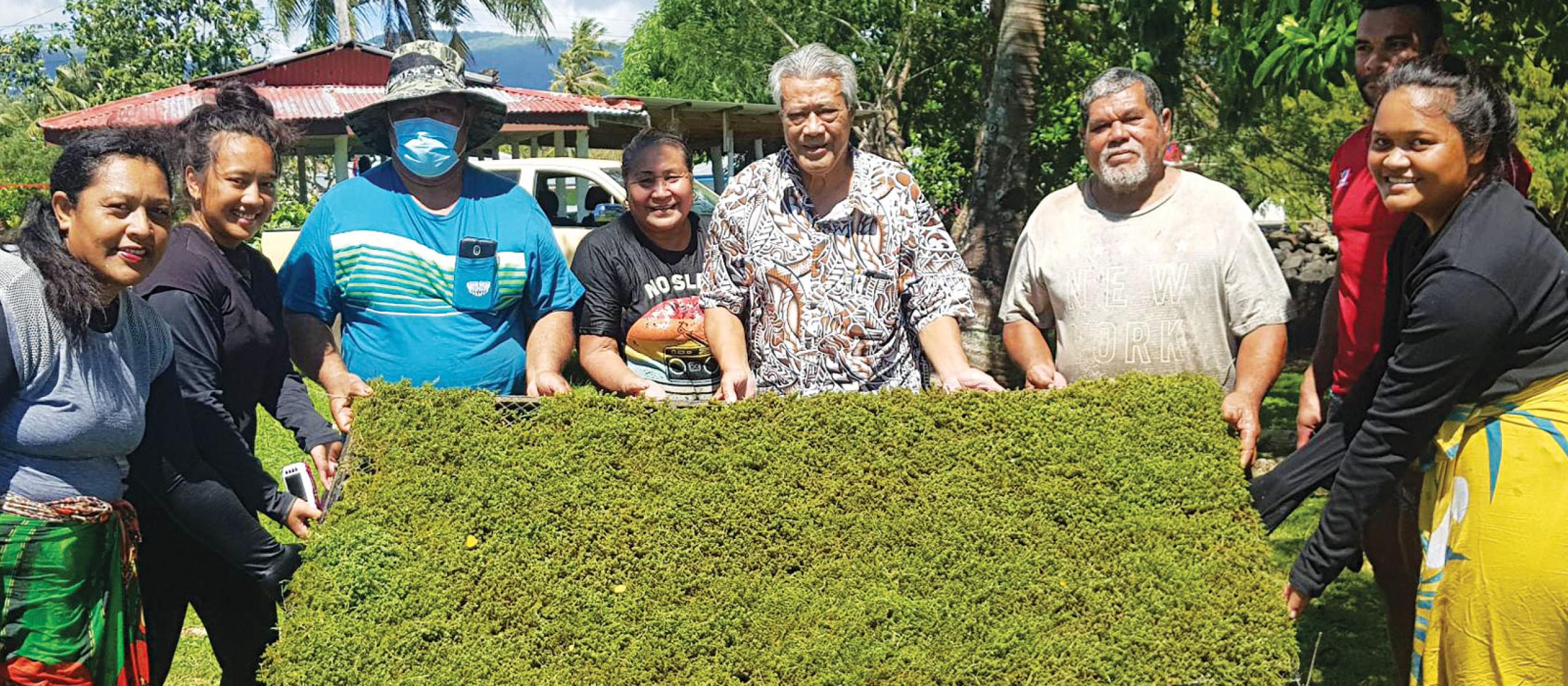Seaweed has traditionally been a part of Samoan cuisine, and new research as part of an ACIAR-supported project is seeing renewed interest in local species to boost health and incomes. A core part of the project was an analysis of local diets to identify how local seaweeds could address nutritional shortfalls.
Species assessed included Caulerpa, or green sea grapes, also known as limu fuafua, which is eaten as a celebratory food when in season, particularly at communal events. The other species is Halymenia, a red seaweed that is still eaten by some elder community members, although it has fallen out of favour in the general community.
Dietitian and public health nutritionist Dr Libby Swanepoel has led this project, as part of the team at the University of the Sunshine Coast.
Dr Swanepoel said while the original project plan included Kiribati, restrictions related to the COVID-19 pandemic meant this could not go ahead. However, close relationships with project partners at the Department of Agriculture and Fisheries in Samoa allowed work there to continue, with the 2-year project concluding in March this year.



